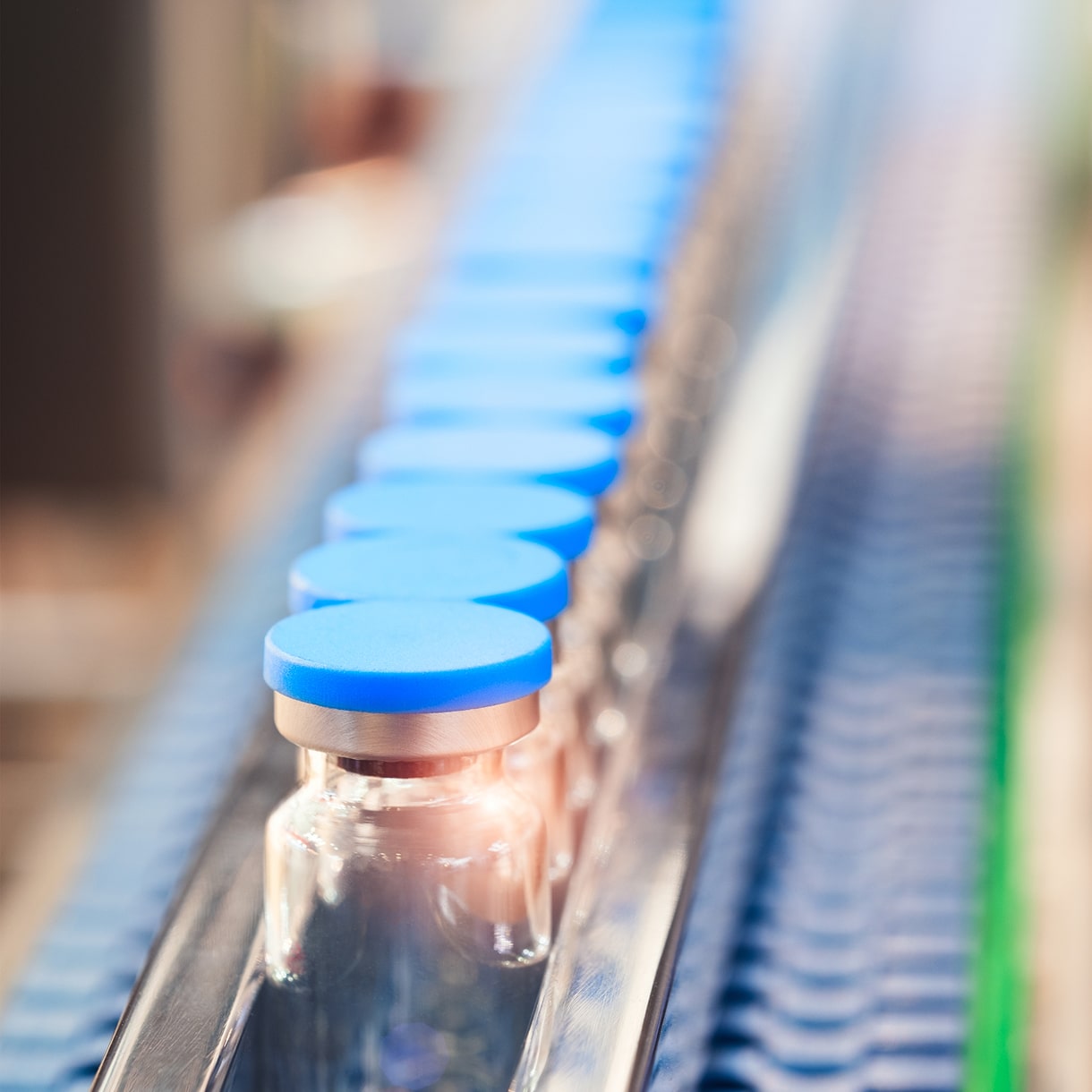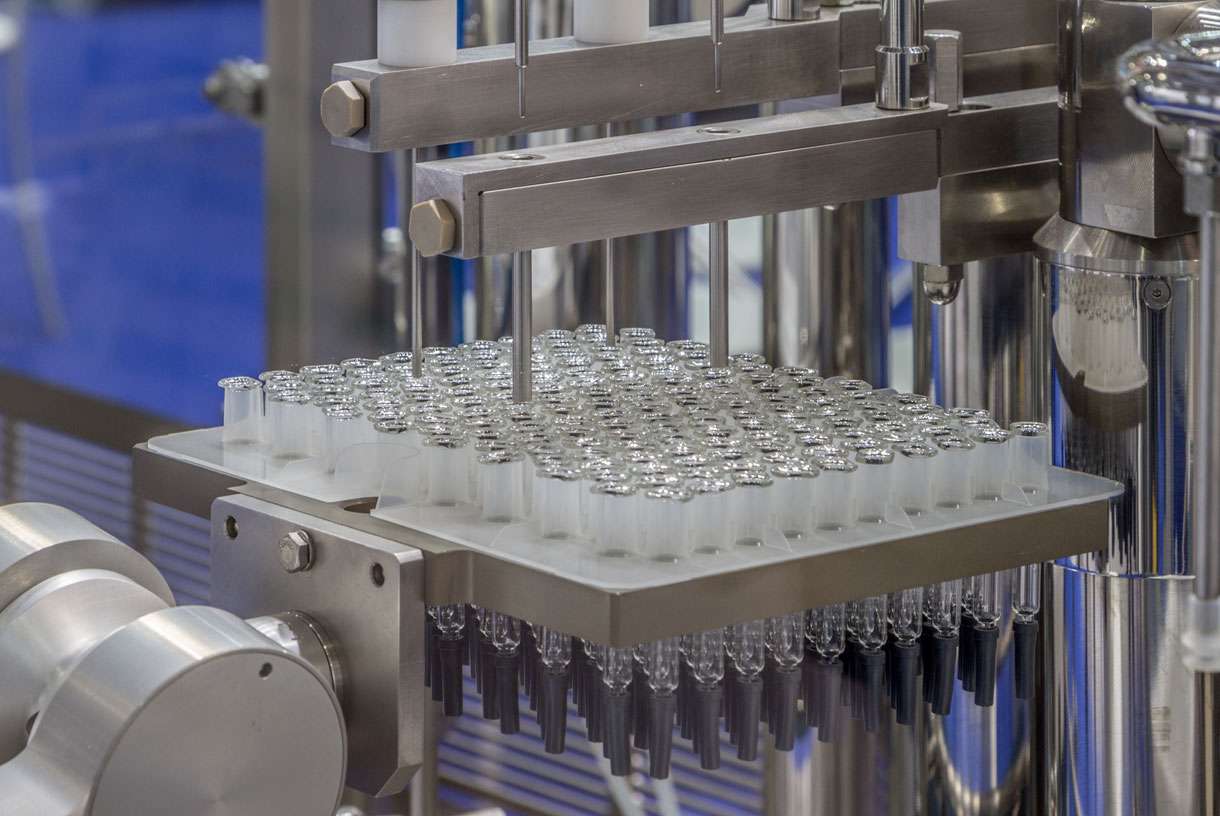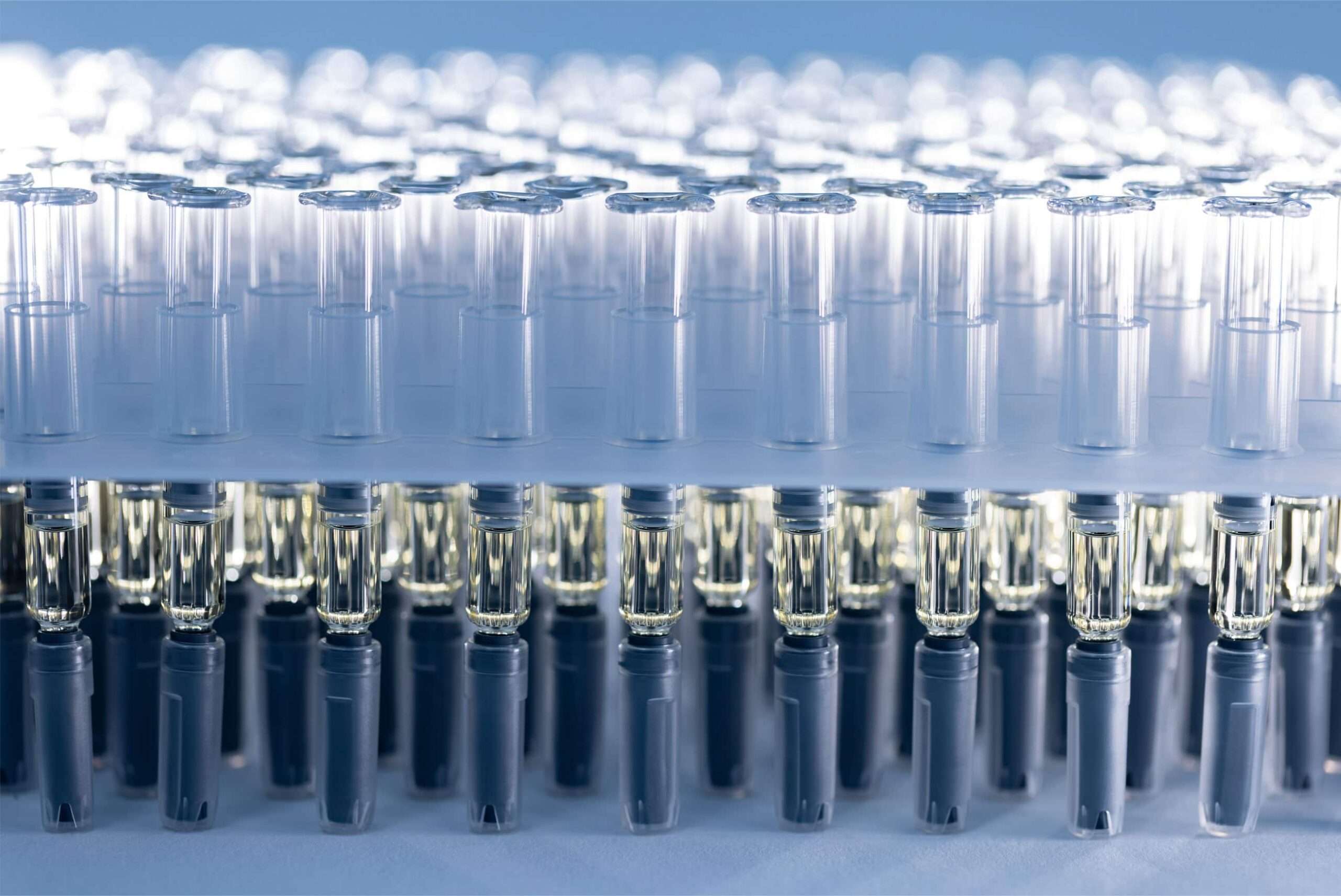Contact Us
- Solutions
- Resources
- About
- Contact Us
close
Optional callout banner for highlighted news or events
Learn More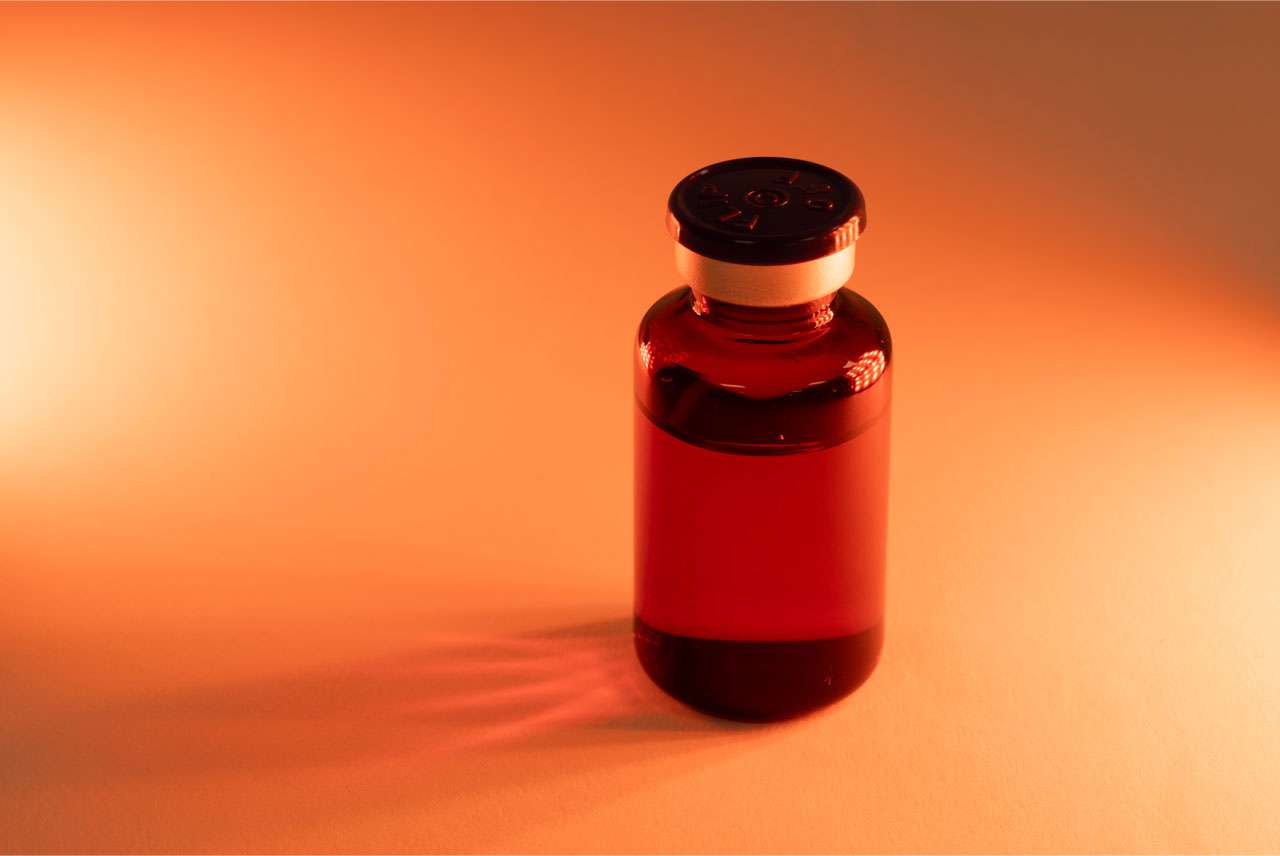
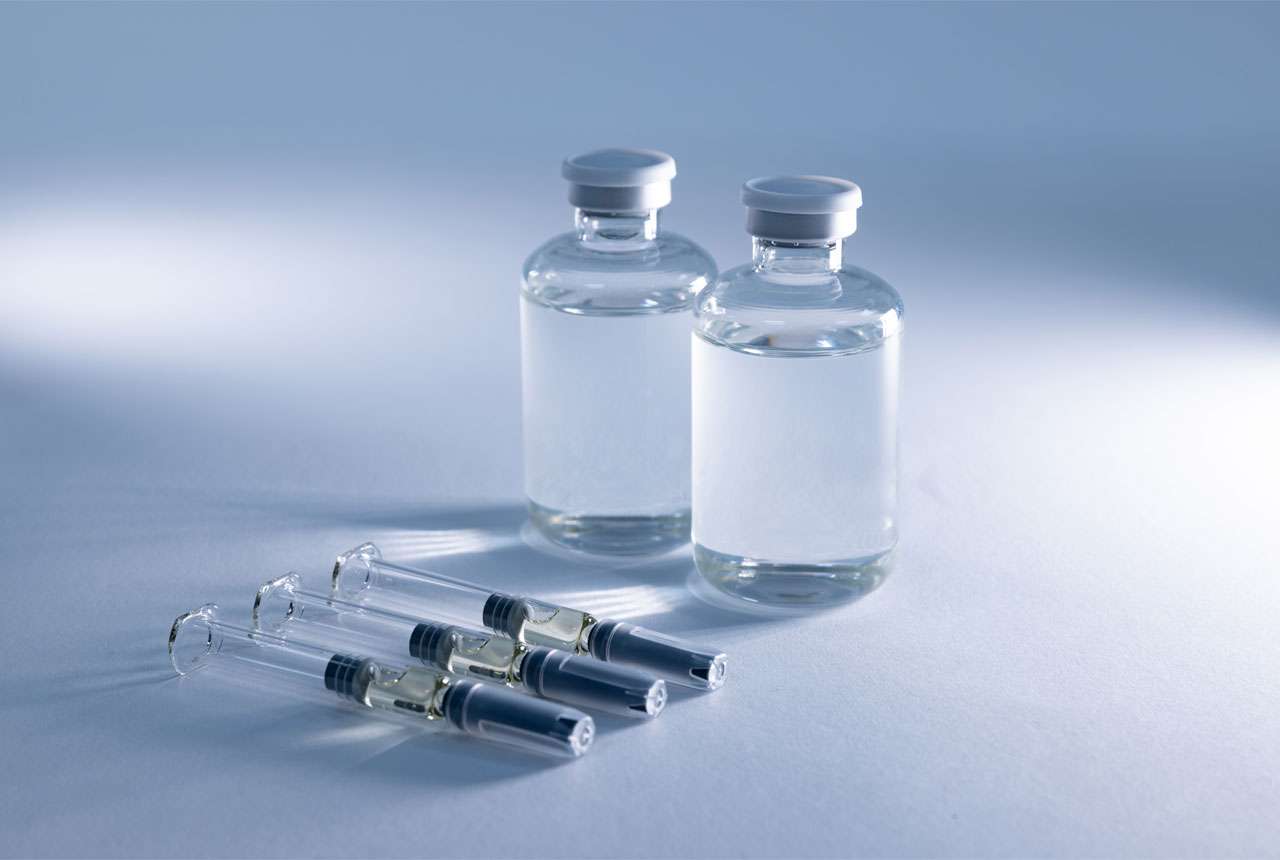
2 FEIs for oral dose and aseptic manufacturing.
60+ Commercial products launched
70+ GMP suites and 30,000 sq. ft. of warehousing space.
DEA-controlled substances, cold storage, and hormone facilities.
